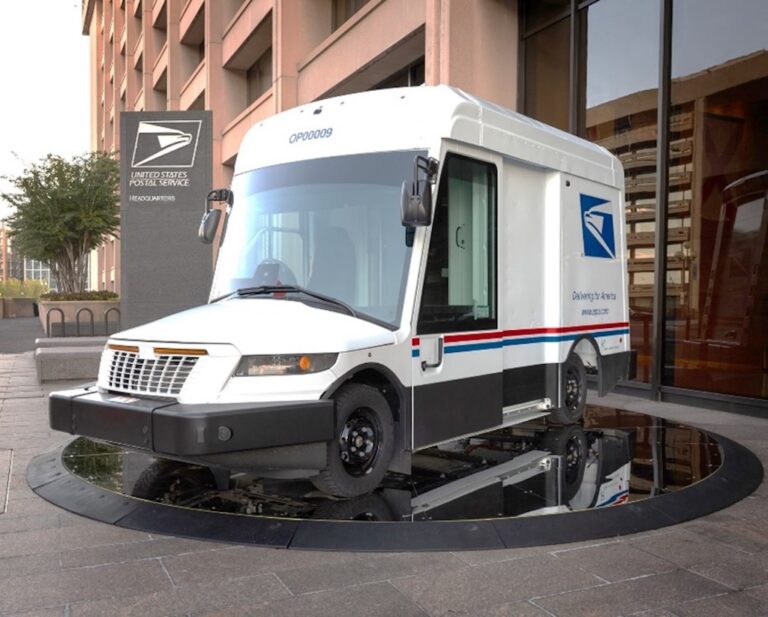The Battle Over Electric Mail Vans Continues
The United States Postal Service (USPS) has been at the center of a heated debate over its plans to electrify its fleet of delivery vehicles. The current administration has been opposed to the move, citing concerns over cost and feasibility. However, a recent ruling by the Senate parliamentarian has stalled efforts to scrap the electric mail vans.
Background
The USPS currently operates around 7,200 electric vehicles, including Ford e-Transit cargo vans and electric variants of Oshkosh’s Next-Generation Delivery Vehicle. The electric mail vans have been praised for their low running costs and environmental benefits. However, the program has faced delays and has been a point of contention between the USPS and the current administration.
Senate Parliamentarian Ruling
Senate parliamentarian Elizabeth MacDonough ruled that a provision to force the USPS to scrap its electric vehicle fleet could not be approved via a simple majority vote in the Republican-controlled chamber. Instead, it would require a 60-vote supermajority, which is unlikely to be reached given the current Senate split.
Practicality of Electric Mail Vans
Local mail delivery is considered a prime use case for electric vehicles, with glacial average vehicle speeds, numerous stops, and relatively short routes. Private sector couriers like FedEx and UPS are already giving electric mail vans a shot for city routes, and the USPS is following suit.
Challenges Ahead
While the Senate parliamentarian’s ruling has given electric vans a temporary reprieve, the battle is far from over. The Vice President, as President of the Senate, can theoretically overrule the parliamentarian’s guidance, and the Senate majority leader can fire the parliamentarian. This means that the USPS’s plans to electrify its fleet are still uncertain.
Related Developments
Other news in the EV sector includes a new study claiming that EV battery packs are degrading slower than ever, with an average degradation rate of 1.8% per year. However, concerns remain about the long-term viability of EV batteries, with some experts warning that they may not last as long as expected.
Additionally, new legislation is on the horizon that could make it illegal for homeowners to install their own EV charging stations without hiring a professional electrician. While this may improve safety, it could also create new challenges for EV owners.
Conclusion
The fight over electric mail vans is far from over, but for now, it seems that the USPS’s plans to electrify its fleet are on hold. As the EV sector continues to evolve, it remains to be seen how the USPS will navigate the challenges ahead.

The USPS’s Next-Generation Delivery Vehicle is designed to be environmentally friendly and efficient.

As the EV sector grows, charging infrastructure is becoming increasingly important.

EV battery technology is improving, with newer models showing slower degradation rates.



